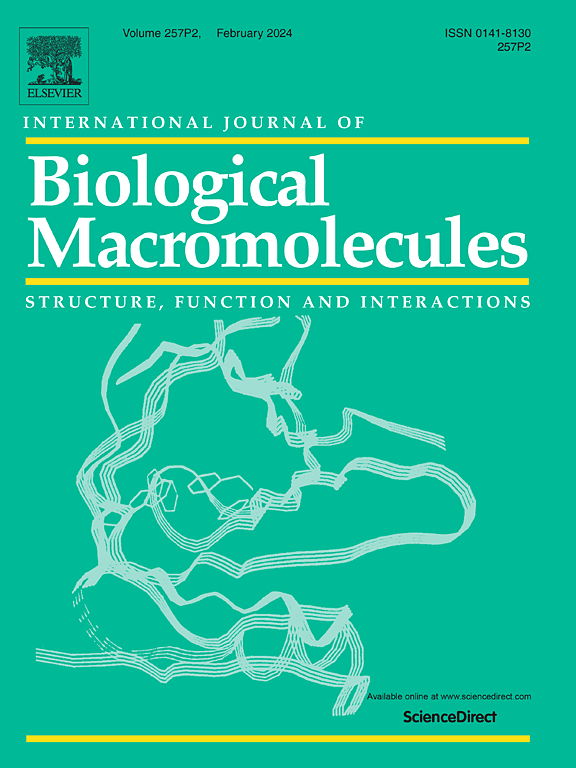STEAP proteins: Roles in disease biology and potential for therapeutic intervention
IF 7.7
1区 化学
Q1 BIOCHEMISTRY & MOLECULAR BIOLOGY
International Journal of Biological Macromolecules
Pub Date : 2025-04-02
DOI:10.1016/j.ijbiomac.2025.142797
引用次数: 0
Abstract
Iron and copper are essential metal ions, and maintaining their metabolic balance is critical for organismal health. The Six-Transmembrane Epithelial Antigen of the Prostate (STEAP) protein family, comprising STEAP1, STEAP2, STEAP3, and STEAP4, plays a vital role in cellular metal homeostasis. These proteins are located on the cell membrane and are characterized by six transmembrane domains. With the exception of STEAP1, the STEAP proteins function as metal oxidoreductases due to their F420H2:NADP+ oxidoreductase (FNO)-like domain. However, STEAP1 contributes to metal metabolism through its heme group and interaction with other STEAP proteins. Beyond metal metabolism, STEAP proteins are involved in critical cellular processes, including the regulation of the cell cycle, proliferation, differentiation, and apoptosis. Notably, STEAP proteins are recognized as potential biomarkers and therapeutic targets in human cancers, particularly prostate cancer. This review outlines the structural features and functional roles of STEAP proteins in various diseases, including cancers, insulin resistance, non-alcoholic fatty liver disease (NAFLD), and benign prostatic hyperplasia, with a focus on their potential for therapeutic intervention.
求助全文
约1分钟内获得全文
求助全文
来源期刊
CiteScore
13.70
自引率
9.80%
发文量
2728
审稿时长
64 days
期刊介绍:
The International Journal of Biological Macromolecules is a well-established international journal dedicated to research on the chemical and biological aspects of natural macromolecules. Focusing on proteins, macromolecular carbohydrates, glycoproteins, proteoglycans, lignins, biological poly-acids, and nucleic acids, the journal presents the latest findings in molecular structure, properties, biological activities, interactions, modifications, and functional properties. Papers must offer new and novel insights, encompassing related model systems, structural conformational studies, theoretical developments, and analytical techniques. Each paper is required to primarily focus on at least one named biological macromolecule, reflected in the title, abstract, and text.

 求助内容:
求助内容: 应助结果提醒方式:
应助结果提醒方式:


